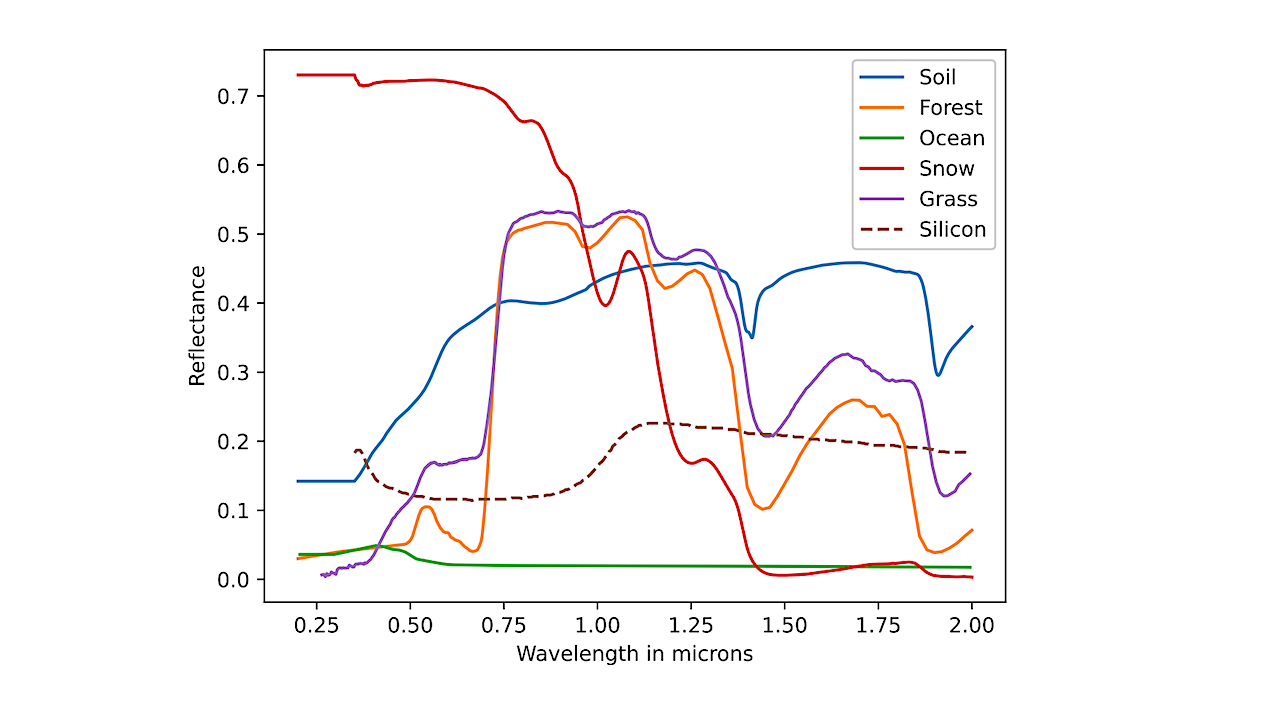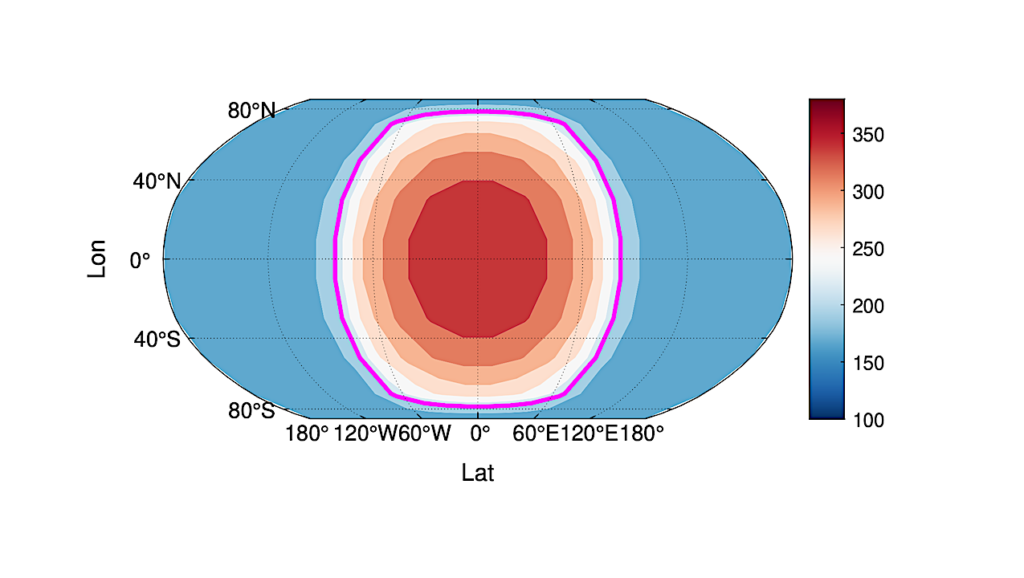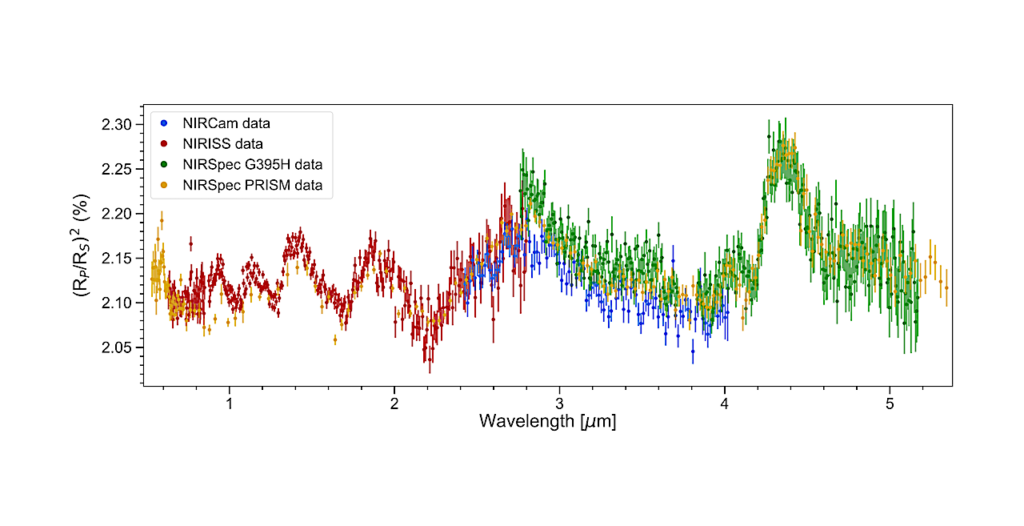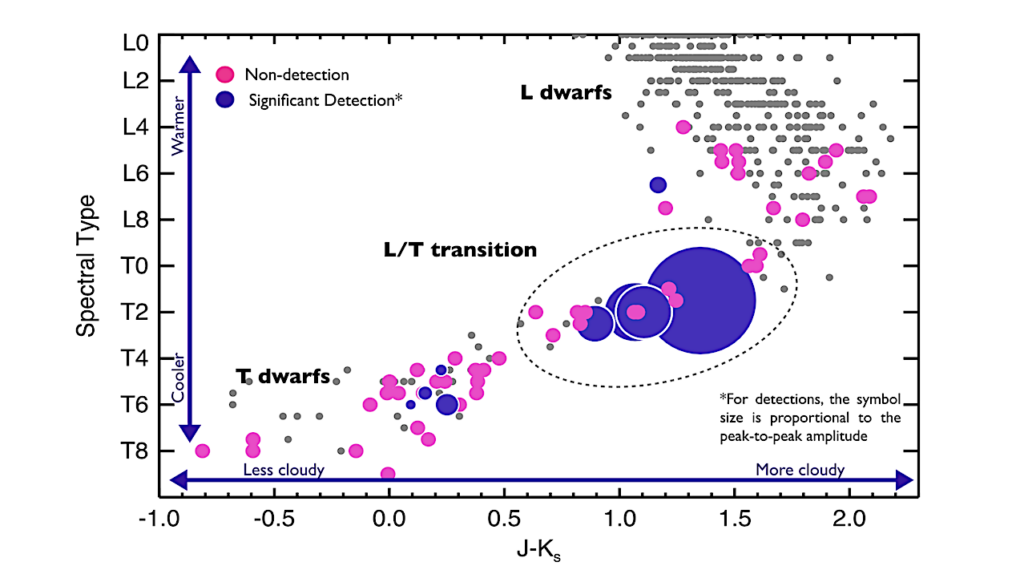Detectability of Solar Panels as a Technosignature

In this work, we assess the potential detectability of solar panels made of silicon on an Earth-like exoplanet as a potential technosignature. Silicon-based photovoltaic cells have high reflectance in the UV-VIS and in the near-IR, within the wavelength range of a space-based flagship mission concept like the Habitable Worlds Observatory (HWO).
Assuming that only solar energy is used to provide the 2022 human energy needs with a land cover of ~2.4%, and projecting the future energy demand assuming various growth-rate scenarios, we assess the detectability with an 8 m HWO-like telescope.
Assuming the most favorable viewing orientation, and focusing on the strong absorption edge in the ultraviolet-to-visible (0.34 – 0.52 um), we find that several 100s of hours of observation time is needed to reach a SNR of 5 for an Earth-like planet around a Sun-like star at 10pc, even with a solar panel coverage of ~23% land coverage of a future Earth.
We discuss the necessity of concepts like Kardeshev Type I/II civilizations and Dyson spheres, which would aim to harness vast amounts of energy. Even with much larger populations than today, the total energy use of human civilization would be orders of magnitude below the threshold for causing direct thermal heating or reaching the scale of a Kardashev Type I civilization.
Any extraterrrestrial civilization that likewise achieves sustainable population levels may also find a limit on its need to expand, which suggests that a galaxy-spanning civilization as imagined in the Fermi paradox may not exist.
Ravi Kopparapu, Vincent Kofman, Jacob Haqq-Misra, Vivaswan Kopparapu, Manasvi Lingam
Comments: Accepted to The Astrophysical Journal
Subjects: Instrumentation and Methods for Astrophysics (astro-ph.IM); Earth and Planetary Astrophysics (astro-ph.EP); Popular Physics (physics.pop-ph)
Cite as: arXiv:2405.04560 [astro-ph.IM] (or arXiv:2405.04560v1 [astro-ph.IM] for this version)
Submission history
From: Ravi Kumar Kopparapu
[v1] Tue, 7 May 2024 14:51:25 UTC (538 KB)
https://arxiv.org/abs/2405.04560
Astrobiology, SETI,








